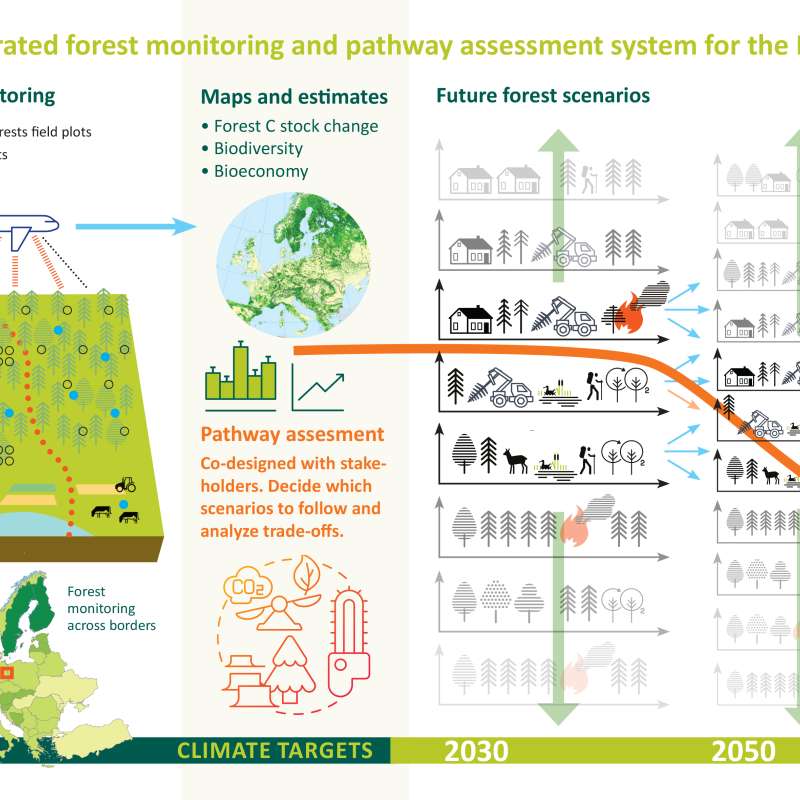Ryan Bright
Seniorforsker
Biografi
Forskningsinteresser: - Økologisk klimatologi - Albedo dynamikk i boreale skoger - Landoverflate modellering - Klimaberegninger for skogbruk og annen arealbruk Seneste publikasjoner
Sammendrag
Norske skog- og landområder tar opp store mengder CO₂ hvert år. De siste ti årene har imidlertid dette karbonopptaket blitt redusert med hele 40 prosent. Mye av forklaringen er eldre skog, tørke, barkbiller og skogdød.
Sammendrag
Det er ikke registrert sammendrag
Til dokument
Forfattere
Sean P Healey Zhiqiang Yang Angela M Erb Ryan Bright Grant M Domke Tracey S Frescino Crystal B SchaafSammendrag
Det er ikke registrert sammendrag


